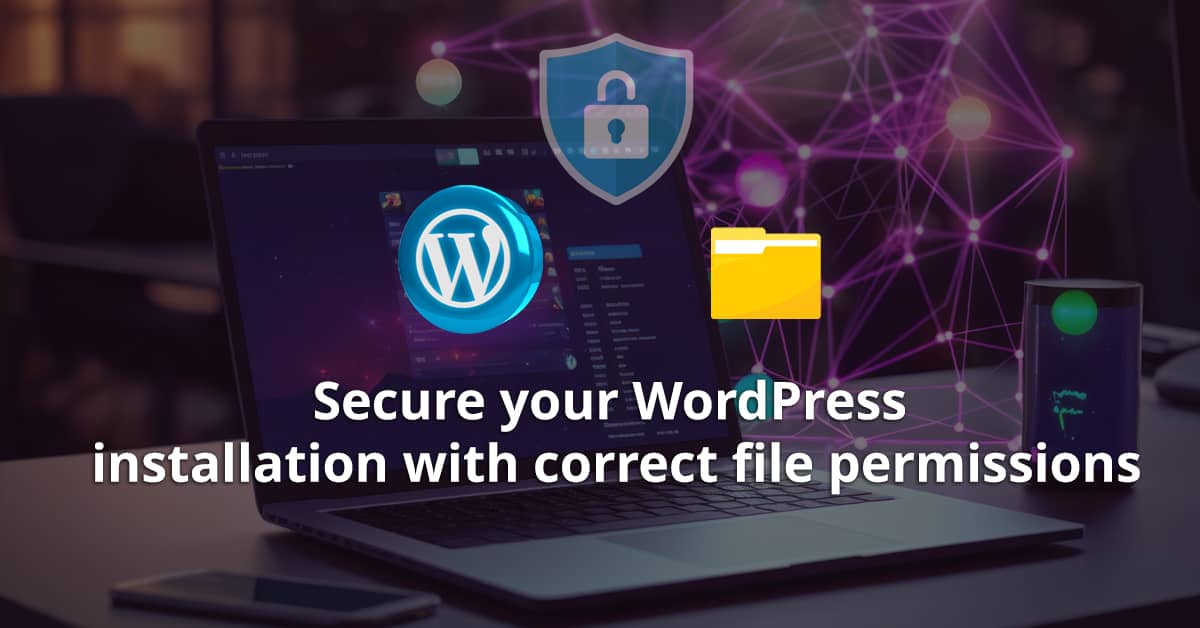Understanding File Permissions
File permissions determine who can read, write, and execute files on your server. In a WordPress installation, there are three types of permissions: read (r), write (w), and execute (x). These permissions are assigned to three different entities: the owner, the group, and others.
Owner (u): The user who owns the file or directory.
Group (g): Users who are in the same group as the file or directory.
Others (o): Users who fall outside the owner and group categories.
Permission levels are represented by numbers:
Read (r) = 4
Write (w) = 2
Execute (x) = 1
The combination of these numbers creates a three-digit code (e.g., 644 or 755), where the first digit represents the owner’s permissions, the second digit represents the group’s permissions, and the third digit represents the permissions for others.
Recommended File Permissions for WordPress
Directories (Folders): Directories should generally have a permission setting of 755. This means the owner has full control (read, write, and execute), while others have read and execute permissions.
Files: WordPress recommends a permission setting of 644 for files. This grants read and write access to the owner and read access to others.
wp-config.php: This file contains sensitive information and should be well-protected. Set its permissions to 400.
Uploads Directory: The uploads directory (usually located at /wp-content/uploads/) stores media files. It needs to be writable by the web server, so set its permission to 755.
Plugins and Themes: Directories for plugins and themes should have a permission setting of 755, and their files should have a permission setting of 644.
find /path/to/your/wordpress/installation/wp-content/themes/ –type d –exec chmod 755 {} \;
find /path/to/your/wordpress/installation/wp-content/plugins/ –type f –exec chmod 644 {} \;
find /path/to/your/wordpress/installation/wp-content/themes/ –type f –exec chmod 644 {} \;
Conclusion
Properly configuring file permissions is a crucial step in fortifying your WordPress installation against unauthorized access and potential security threats. By following these recommended settings, you create a robust defense mechanism that helps prevent malicious attacks and ensures the integrity of your website. Regularly review and update file permissions as needed, and complement this effort with other security best practices to keep your WordPress site safe and secure


0 Comments